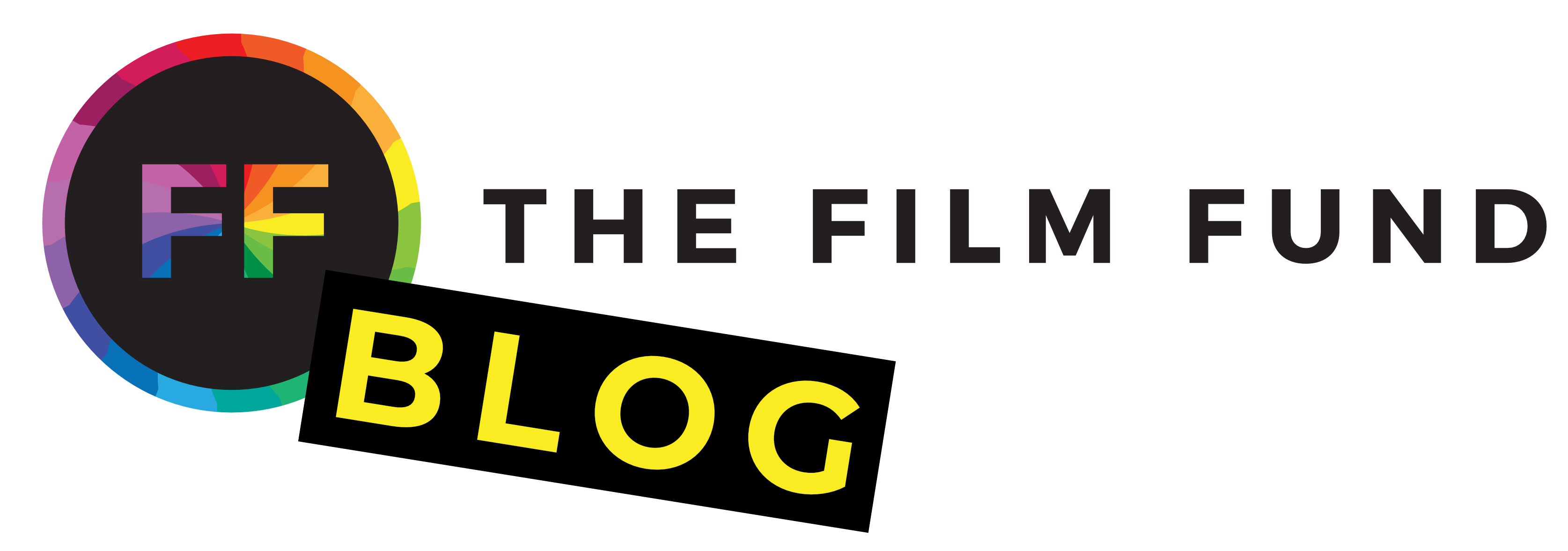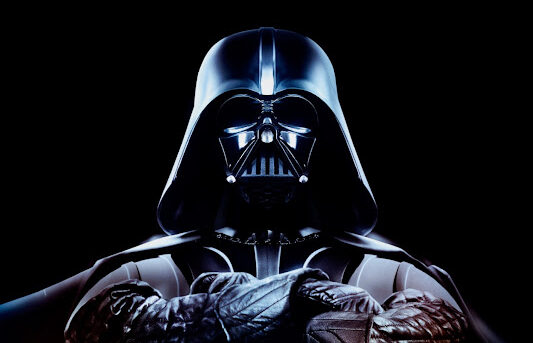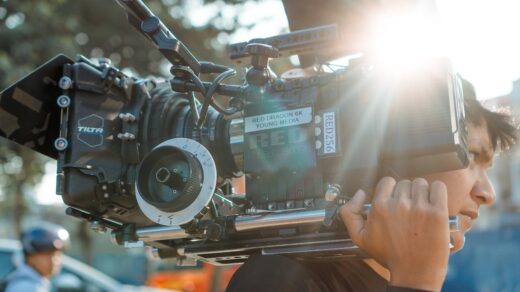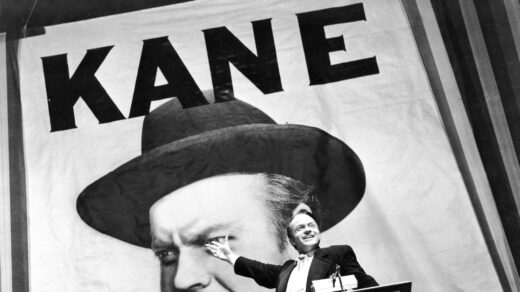Antagonists in movies play a pivotal role in driving the narrative forward. They are the force that opposes the main character, introducing conflict and challenges that propel the story into action. From classic tales to modern blockbusters, antagonists are the spice that adds flavor to the storytelling recipe.
Think about your favorite movies; chances are, the villains left an indelible mark on your memory. Darth Vader, Hans Landa, Anton Chigurh: all memorable characters who are the antagonists of their respective stories. A well-crafted antagonist elevates the entire tale, creating tension, suspense, and emotional engagement. Crafting an effective villain isn’t just about giving the hero someone to fight against – it’s about weaving a narrative tapestry where the antagonist is as compelling as the protagonist.
Whether you’re a seasoned storyteller or an aspiring writer, understanding the nuances of crafting memorable villains will empower you to captivate audiences and breathe life into your narratives. Join us as we explore the characteristics, examples, and practical tips that will guide you in the art of making great villains for the silver screen.
Characteristics of Memorable Antagonists
Complexity and Depth
In the realm of antagonist creation, the key to crafting a memorable villain lies in imbuing them with complexity and depth. Gone are the days of one-dimensional bad guys twirling their mustaches. Modern audiences crave characters with layers, and motivations that extend beyond a simple desire for power. Your antagonist should be as nuanced as the protagonist, with a backstory and a set of beliefs that shape their actions.
Relatable Flaws
While we may not condone the actions of a villain, we should at least understand what led them down that dark path. Humanizing your antagonist by giving them relatable flaws fosters a connection between the audience and the character. Explore the vulnerabilities that make them more than just a source of conflict. The best villains are those we can empathize with, if only for a moment.
Examples from Well-Known Films
The Joker in “The Dark Knight”

One shining example of a brilliantly crafted antagonist is none other than The Joker from “The Dark Knight.” This iconic character, brought to life by Heath Ledger, exemplifies the depth and complexity we discussed earlier. The Joker isn’t just a chaotic force; he’s a mirror reflecting the society he challenges. His motivations, driven by a desire to expose the flaws of human nature, elevate him from a mere criminal to a thought-provoking antagonist.
Hannibal Lecter in “The Silence of the Lambs”
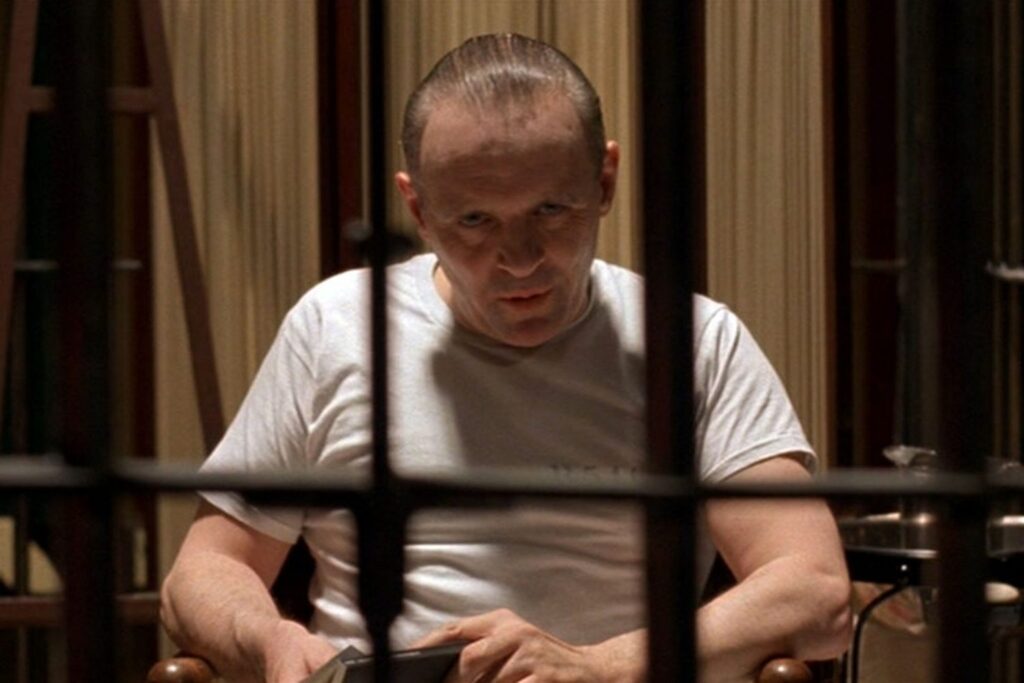
Enter the chilling world of Hannibal Lecter, a character who showcases the power of psychological depth in an antagonist. Hannibal’s psychopathy, coupled with his intellectual prowess, makes him an unforgettable force. The interaction between Hannibal and the protagonist adds layers of tension, making the audience simultaneously repulsed and captivated. It’s a masterclass in creating an antagonist that lingers in the minds of viewers.
Maleficent in “Maleficent”
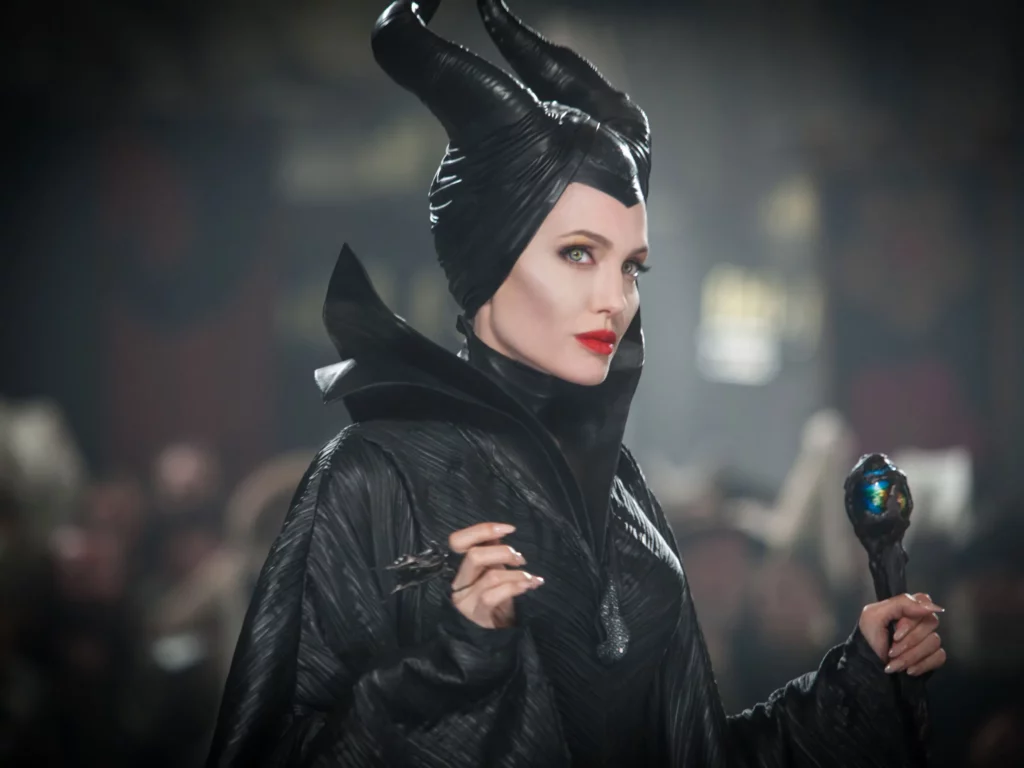
Switching gears to a reimagined classic, Maleficent challenges the traditional portrayal of villains. In “Maleficent,” we witness the transformation of a well-known antagonist into a character with shades of gray. Exploring the backstory and motivations behind Maleficent’s actions allows the audience to empathize with her, blurring the lines between hero and villain. This example emphasizes the importance of subverting expectations to create a truly memorable antagonist.
Crafting Your Own Antagonist
Understanding the Story’s Tone
When embarking on the journey of crafting your own antagonist, consider the overall tone of your story. The antagonist should be a seamless fit within the narrative, enhancing the atmosphere you aim to create. Whether it’s a dark and brooding tale or a lighthearted adventure, aligning the antagonist with the story’s tone ensures a cohesive and engaging experience for your audience. Antagonists in movies come alive when they harmonize with the world you’ve built.
Tailoring the Villain to the Protagonist
Your antagonist is not an isolated entity but a counterpart to your protagonist. Crafting a compelling villain involves understanding the dynamics between them. Consider how the antagonist’s strengths and weaknesses complement or challenge those of the protagonist. This interplay adds depth to the conflict and creates a more compelling narrative. Antagonists in movies aren’t just adversaries; they are essential elements that shape the hero’s journey.
Incorporating Unique Traits and Backstory
Unleash your creativity by infusing your antagonist with unique traits and a captivating backstory. What makes them stand out from the conventional villains? Delve into their past, explore formative experiences, and build a narrative that justifies their actions. Whether it’s a tragic origin or a complex set of beliefs, giving your antagonist a distinctive identity makes them more memorable. Remember, antagonists in movies become truly intriguing when they defy expectations and surprise the audience.
Tips for Writing an Engaging Villain

Balancing Sympathy and Antagonism
One of the secrets to an unforgettable antagonist lies in finding the delicate balance between eliciting sympathy and embodying antagonism. Humanizing your villain doesn’t mean justifying their actions, but rather, it’s about creating a connection between the audience and the character. Explore the vulnerabilities that make them relatable without diluting the essence of their antagonistic role. The dance between sympathy and antagonism is what makes antagonists in movies resonate with viewers on a profound level.
Creating Memorable Dialogues
A powerful villain is often defined by the words they utter. Craft dialogues that are not only impactful but also reflective of the antagonist’s personality and motives. Memorable lines become a signature of the character, contributing to their overall allure. Whether it’s a chilling monologue or a clever retort, dialogues play a crucial role in shaping the perception of antagonists in movies. Make every word count to leave a lasting impression on your audience.
Utilizing Foreshadowing for Impact
Foreshadowing adds an extra layer of intrigue to your antagonist’s presence. Drop subtle hints and clues throughout the narrative that allude to the impending conflict with the villain. This not only keeps the audience engaged but also enhances the impact of the antagonist’s reveal. Foreshadowing transforms the antagonist from a mere obstacle to an integral part of the storytelling tapestry. When done right, it creates a sense of anticipation that elevates antagonists in movies to new heights.
In Conclusion
In our exploration of crafting compelling antagonists in movies, we’ve unraveled the intricacies that transform villains from mere obstacles to characters etched in the minds of audiences. From understanding the importance of complexity and relatable flaws to dissecting examples from well-known films, we’ve delved into the art of antagonist creation. Remember, antagonists in movies are not just characters; they are catalysts that propel narratives into captivating journeys.
Crafting memorable antagonists is an art that requires a delicate balance of creativity and understanding the nuances of storytelling. Keep the phrase antagonists in movies as your guiding star, leading you to characters that resonate with audiences long after the credits roll. Whether you’re writing a screenplay or a novel, the impact of a well-crafted antagonist is immeasurable.
One last thing! If you’re an up-and-coming filmmaker who needs an extra bit of help bringing their creation to life, look no further than The Film Fund! We’re hosting a short film funding contest. Tell us the premise of your short film and what you’ll use our funding for in a single sentence and you’re on your way to winning up to $10,000 in funding! Head to our contest sign-up page to learn more and enter while you can.
